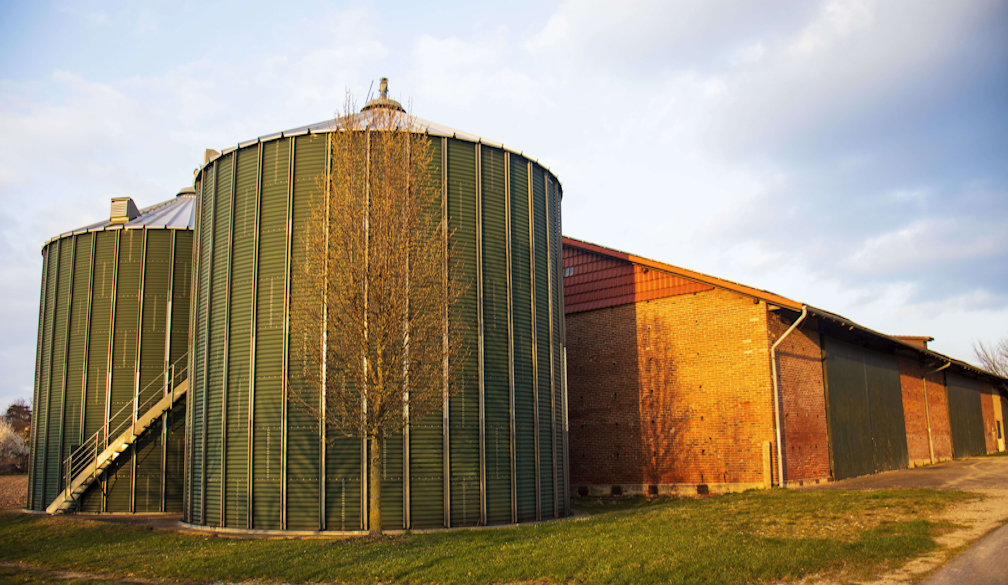Silo vs Grain Bin: Understanding the Differences

When it comes to agricultural storage, the terms "silo" and "grain bin" are often used interchangeably, but they serve distinct purposes and have unique features. Understanding the differences between a silo and a grain bin can help farmers and agricultural professionals make informed decisions about their storage needs. So what are the key differences and uses of these essential structures?
What is a Silo?
A silo is a tall, cylindrical structure used primarily for storing silage, which is fermented feed for livestock. Silos are typically airtight to ensure the proper fermentation process, preserving the nutritional value of the feed. They can be made of various materials, including concrete, steel, poly and fibreglass, and come in different types such as tower silos, bunker silos, and bag silos.
Types of Silos
Tower Silos: These are the most common type, standing vertically and often seen in rural landscapes. They are used to store bulk materials like silage, coal, cement, and woodchips. You can also have cone-bottom poly silos.
Bunker Silos: These are horizontal silos typically used for storing silage and are constructed from concrete walls and a plastic tarp covering.
Bag Silos: These are flexible, portable options made from plastic bags and are ideal for temporary storage needs.
What is a Grain Bin?
A grain bin, on the other hand, is specifically designed for storing dry grain after harvest. Grain bins are typically shorter and wider than silos and feature a corrugated metal construction. They are equipped with systems for aeration and temperature control to keep the grain in optimal condition, preventing spoilage and loss.
Features of Grain Bins
Aeration Systems: These are critical in grain bins to manage the temperature and moisture levels, ensuring the grain remains dry and safe from mould and pests.
Easy Access: Grain bins often have wide openings and unloading systems to facilitate easy access and efficient grain handling.
Capacity: Grain bins come in various sizes, accommodating different volumes of grain depending on the farm's needs.
Key Differences Between Silos and Grain Bins
Purpose
The primary difference between a silo and a grain bin lies in their purpose. Silos, like poly silos, are used to store fermented feed for livestock, while grain bins are used to store dry grains for extended periods.
Construction
Silos are generally taller and narrower compared to grain bins, which are shorter and wider. This difference in shape is due to the different storage needs and the materials they are designed to hold.
Storage Environment
Grain bins are equipped with aeration and temperature control systems to maintain dry conditions, whereas silos are designed to create an airtight environment suitable for fermentation.
Material
While both silos and grain bins can be made from metal, silos are also commonly constructed from concrete or fibreglass, depending on their specific use and location.
Silo Vs. Grain Bin Summary
Understanding the distinctions between a silo and a grain bin is crucial for effective farm management. Whether you're storing silage for livestock or dry grain after a bountiful harvest, choosing the right structure will ensure your products remain in optimal condition. By recognising the unique features and purposes of silos and grain bins, farmers can enhance their storage strategies and maintain the quality of their agricultural products.
In summary, while the terms "silo" and "grain bin" might be used interchangeably in casual conversation, their differences are significant in the context of agriculture. Properly identifying and using a grain silo or a grain bin according to its designed purpose will lead to better storage outcomes and contribute to the overall success of farming operations.













